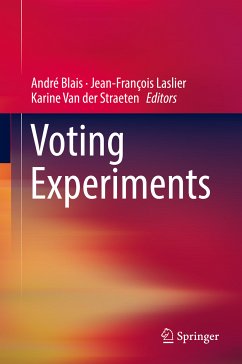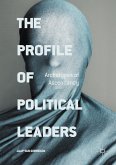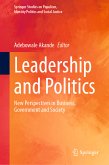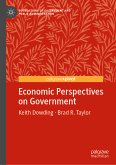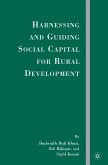This book presents a collection of papers illustrating the variety of "experimental" methodologies used to study voting. Experimental methods include laboratory experiments in the tradition of political psychology, laboratory experiments with monetary incentives, in the economic tradition, survey experiments (varying survey, question wording, framing or content), as well as various kinds of field experimentation. Topics include the behavior of voters (in particular turnout, vote choice, and strategic voting), the behavior of parties and candidates, and the comparison of electoral rules.
Dieser Download kann aus rechtlichen Gründen nur mit Rechnungsadresse in A, B, BG, CY, CZ, D, DK, EW, E, FIN, F, GR, HR, H, IRL, I, LT, L, LR, M, NL, PL, P, R, S, SLO, SK ausgeliefert werden.

